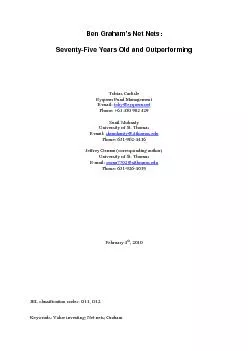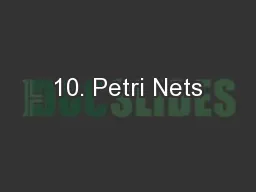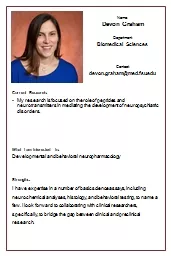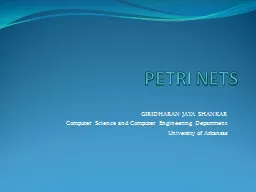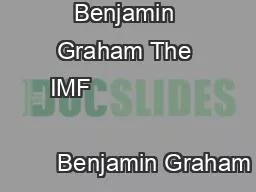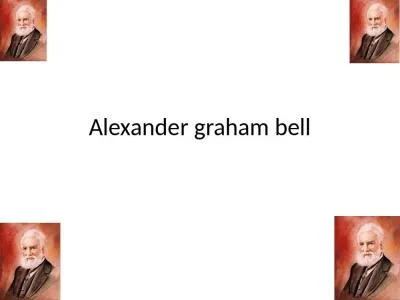PDF-Ben Graham's Net Nets:
Author : stefany-barnette | Published Date : 2015-09-16
Seventy Five Years O ld and Outperforming Tobias Carlisle Eyquem Fund Management E mail tobyeyquemnet Phone 61 450 902 429 Sunil Mohanty University of St Thomas E mail
Presentation Embed Code
Download Presentation
Download Presentation The PPT/PDF document "Ben Graham's Net Nets:" is the property of its rightful owner. Permission is granted to download and print the materials on this website for personal, non-commercial use only, and to display it on your personal computer provided you do not modify the materials and that you retain all copyright notices contained in the materials. By downloading content from our website, you accept the terms of this agreement.
Ben Graham's Net Nets:: Transcript
Download Rules Of Document
"Ben Graham's Net Nets:"The content belongs to its owner. You may download and print it for personal use, without modification, and keep all copyright notices. By downloading, you agree to these terms.
Related Documents

